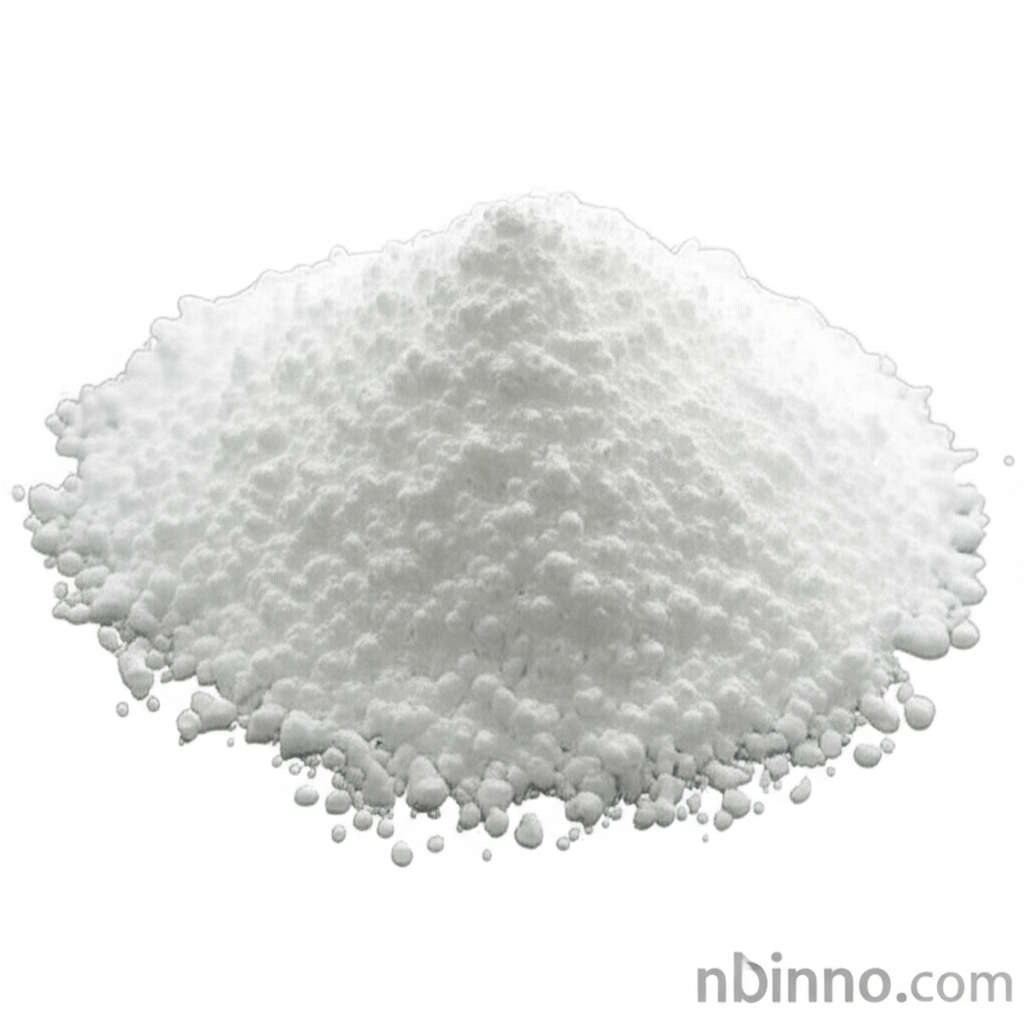Polyoxyethylene 20 Cetyl Ether: A Versatile Non-ionic Surfactant for Industrial and Cosmetic Applications
Discover the extensive applications and properties of this key non-ionic surfactant, essential for modern formulations.
Get a Quote & SampleProduct Core Value

Polyoxyethylene 20 Cetyl Ether
Polyoxyethylene 20 Cetyl Ether (CAS 9004-95-9) is a highly pure, milky white solid non-ionic surfactant. Its primary value lies in its exceptional emulsifying capabilities, making it indispensable in creating stable oil-in-water emulsions. This characteristic, combined with its function as a component in spinning oils, highlights its versatility across industrial and cosmetic sectors. It is also recognized for its ability to enhance formulation stability and texture.
- Introduction to non-ionic surfactant emulsifiers: Learn how these compounds facilitate the blending of immiscible liquids, a crucial aspect in product formulation.
- Exploring the role of Polyoxyethylene 20 Cetyl Ether in cosmetics: Understand its application in creams and lotions for improved texture and spreadability.
- Industrial applications of Polyoxyethylene 20 Cetyl Ether: Discover its use as a component in spinning oil within the chemical fiber industry.
- Understanding the properties of fatty alcohol ethoxylates: Delve into the chemical structure and how it dictates the surfactant's performance in various settings.
Key Advantages
Enhanced Emulsification
Leveraging its non-ionic nature, Polyoxyethylene 20 Cetyl Ether acts as a premier emulsifier, ensuring stable and homogenous mixtures for diverse applications.
Industrial Versatility
Its use as a component in spinning oil for the chemical fiber industry demonstrates its broad applicability beyond personal care products, driving efficiency in manufacturing processes.
Formulation Stability
The excellent physicochemical properties of this surfactant contribute to the overall stability and desired texture of cosmetic and pharmaceutical formulations, ensuring product integrity.
Key Applications
Cosmetic Formulations
Widely used as an emulsifying agent in creams, lotions, and ointments, contributing to smooth textures and effective delivery of active ingredients.
Chemical Fiber Industry
Functions as a key component in spinning oils, facilitating the production process and improving the quality of synthetic fibers.
Pharmaceutical Preparations
Employed as an excipient to enhance solubility and stabilize drug formulations, ensuring the efficacy and bioavailability of active pharmaceutical ingredients.
Industrial Processes
Its properties as a surfactant make it valuable in various industrial applications requiring emulsification and dispersion, such as in inks and coatings.
